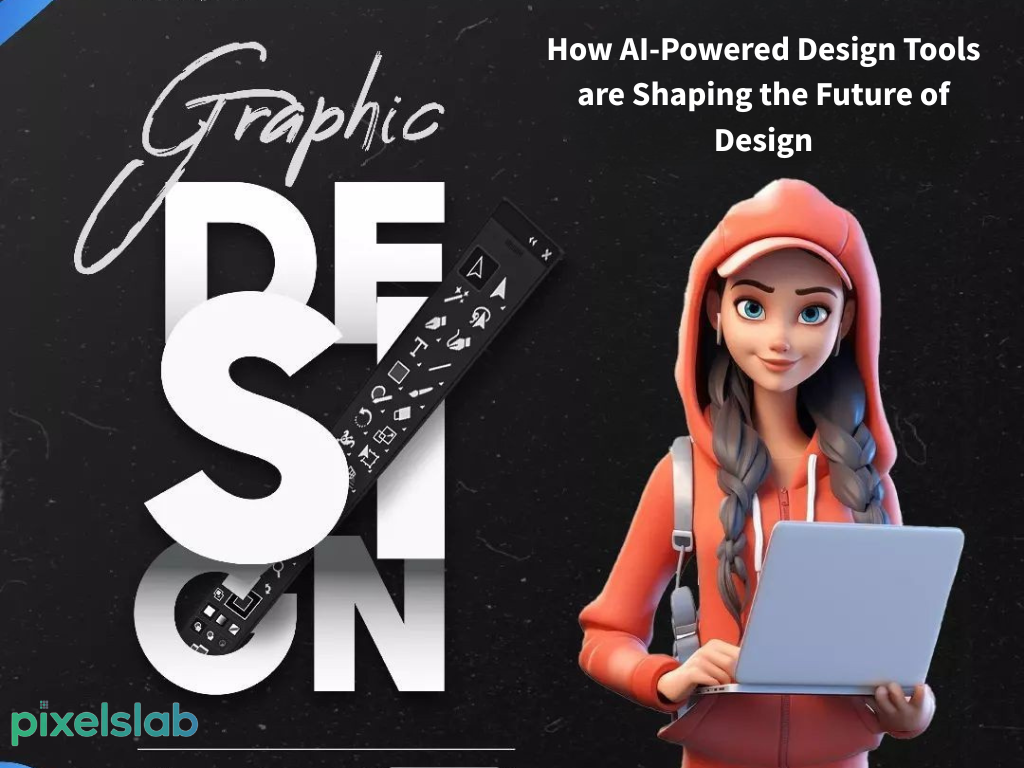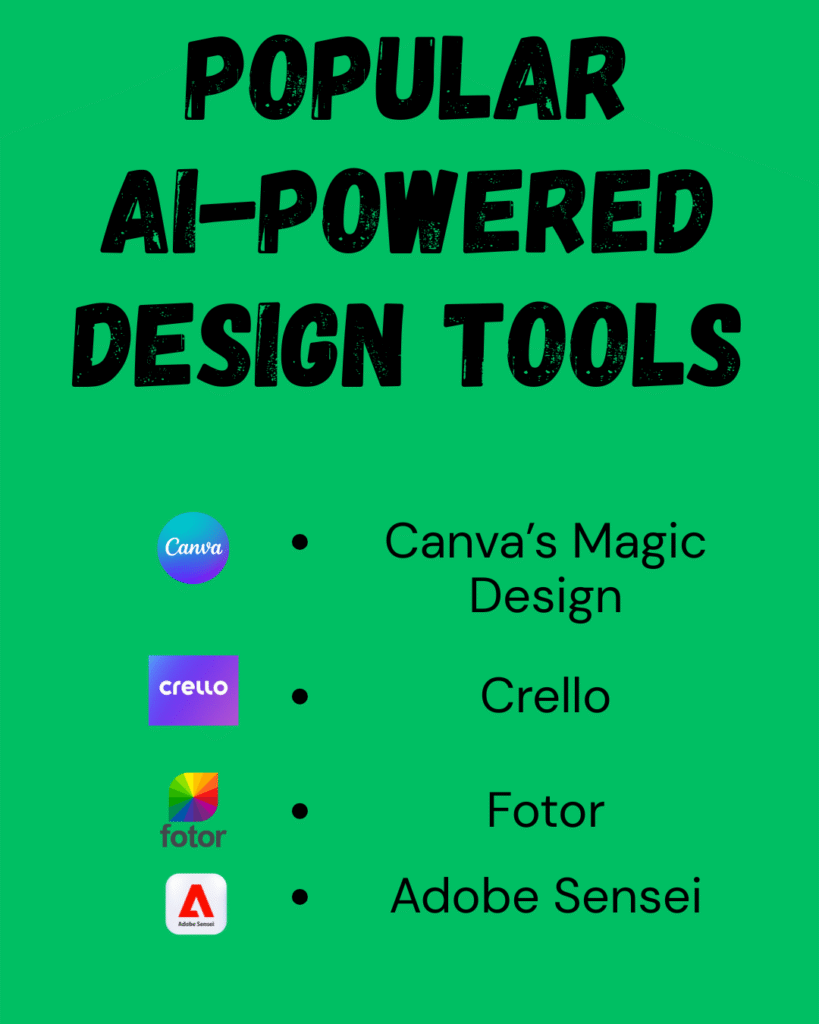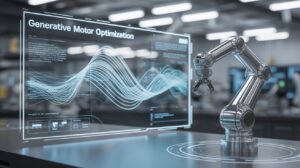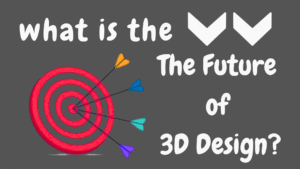The Future of Design: How AI Tools Are Changing the Creative Game

Imagine a world where creativity meets cutting-edge technology where your designs ideas come to life effortlessly. Artificial intelligence in designs are transforming the creative landscape by blending the genius of artificial intelligence with the art of Designs. There tools don’t just assist; they supercharge your workflow by automating tedious task.
Artificial Intelligence in Designs empowers you to craft stunning visuals in less time, with more precision. In today’s fast-paced digital world, Designs which are made from these tools are no longer just a luxury they’re a game changer, making designs accessible, faster and more innovative than ever before.
What Are AI-Powered Design Tools?
AI-Powered design tools are software applications that leverage artificial intelligence to assist with design process.
| AI-Powered Design Tools | Normal Design Tools |
| Designed to be user-friendly with intuitive interfaces. | Require a deeper understanding of design principles and software capabilities. |
| AI-generated designs can sometimes lack depth or originality because they are based on patterns from a database of pre-existing designs. | These tools allow for more advanced design techniques, offering the possibility of creating unique, high-quality designs |
| AI-Powered Design Tools are quick, easy, and suitable for those needing simple designs without a deep understanding of design principles. | Normal Design Tools are more suitable for experienced designers who need complete control and customization. |
| Example-Canva’s Magic Design, and Adobe Sensei. | Example-Adobe Photoshop, Illustrator, CorelDRAW. |
Popular AI-Powered Design Tools to Explore
Canva’s Magic Design: A quick design tool that helps create professional-looking designs from simple inputs.
Crello: Similar to Canva but with different templates and design styles.
Fotor: An AI tool for creating images, enhancing photos, and generating graphic designs.
Adobe Sensei: An advanced AI that powers Adobe’s suite of design tools, offering features like automated image tagging and content-aware fills.

Benefits of Using AI Design Tools
Increased Creativity: AI tools that spark new ideas and inspire designs changes. Artificial Intelligence in Designs can push creative boundaries by offering features like auto-generated suggestions, designs inspiration and innovative layouts. These tools analyze existing trends, content and user preferences to suggest designs elements that users may not have thought of themselves.
Efficiency Boost: It is the one of the major factor of the AI-Powered Design tools that it makes the designing easy and very faster than the human work. Artificial Intelligence in Designs can instantly generate layouts, tweak fonts, suggest visual elements, or even resize images. This helps to reduce the time of the human work in creating designs.
Cost-Effective: Affordable for small businesses and freelancers.AI design tools often come with subscription-based pricing models that are much more affordable than hiring a professional designer and this also helps the students and the beginners to start creating designs and can sell it or can go with a small start-up plan in their journey.
User-Friendly: No need for advanced design skills; easy for beginners. Artificial Intelligence in Designs are built to be intuitive, with most offering drag-and-drop interfaces and pre-made templates. This makes them accessible to people with no prior design experience, allowing even beginners to create designs in a easy way with the help of Artificial Intelligence in Designs.
The Future of AI in Design
Advanced Personalization
In the future, AI will be able to analyze not just general trends but also individual preferences and needs with greater precision. This means that design tools will become more adaptable and customizable
AI-Assisted Collaboration with Human Designers
Instead of replacing human designers, AI is likely to become a co-creator, helping designers push the boundaries of their creativity. Rather than handling every task independently,
AI for Accessibility Design
As design tools evolve, AI will play a critical role in making designs more accessible to individuals with disabilities. AI can help automatically ensure that designs adhere to accessibility standards
At Last, AI-Powered Design tools are changing the vision of the people in designing and revolutionising the landscape of the designs. Artificial Intelligence in designs helps the designing to more easy and faster. AI also offers smart design suggestions, helping designers explore new styles and layouts based on their preferences.Additionally, these tools are cost-effective and user-friendly, enabling both beginners and professionals to create high-quality designs. As AI continues to evolve, it promises to further enhance design customization and collaboration, making it an essential part of modern design


